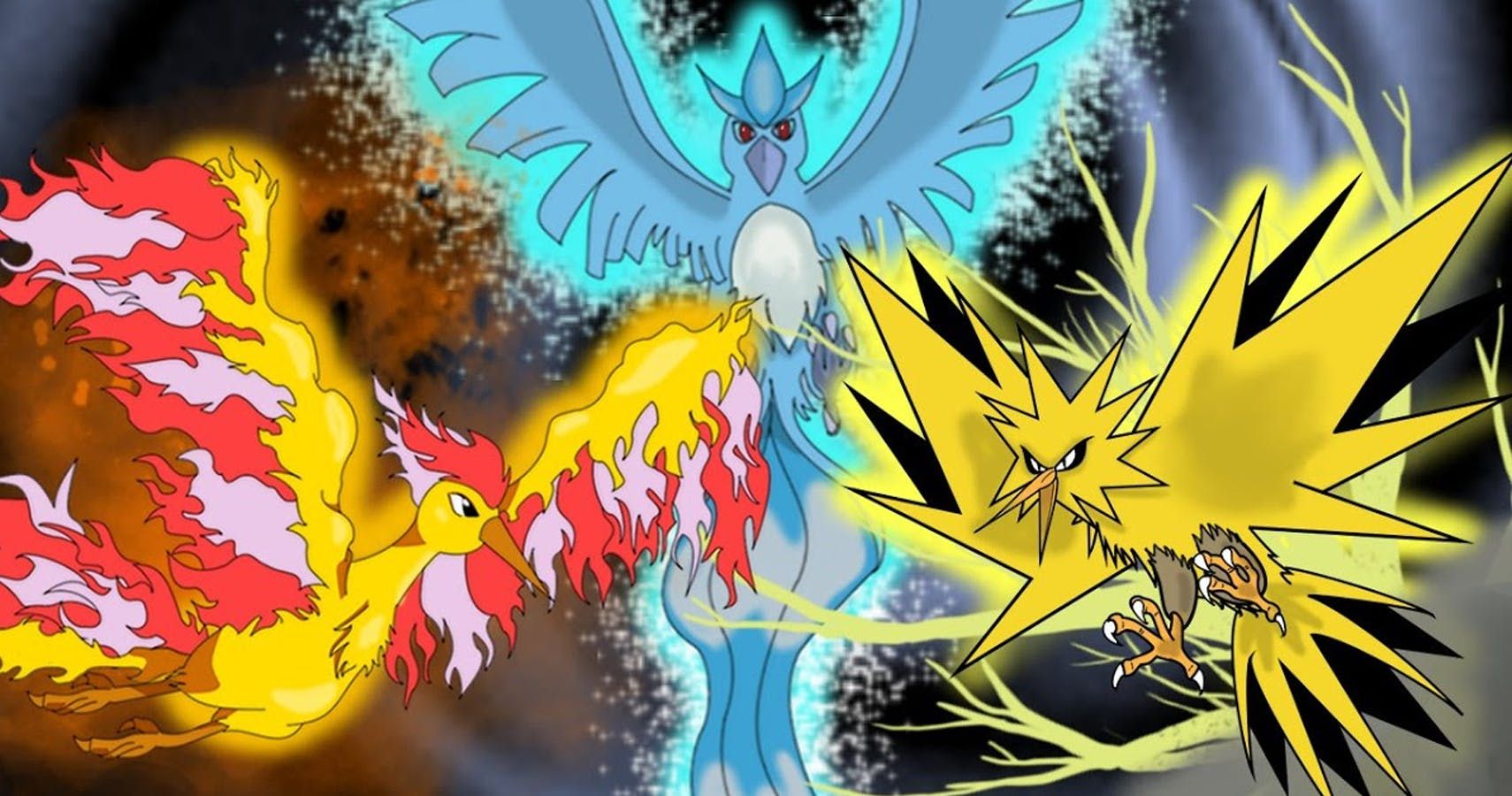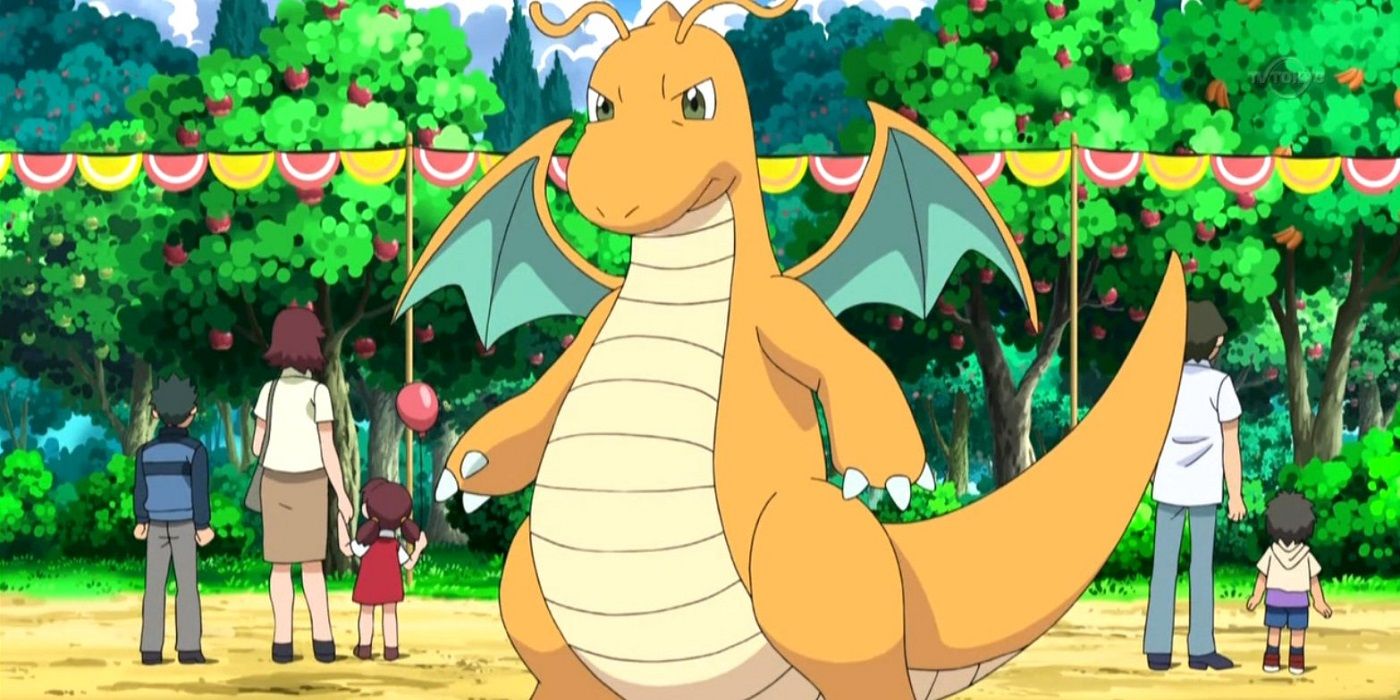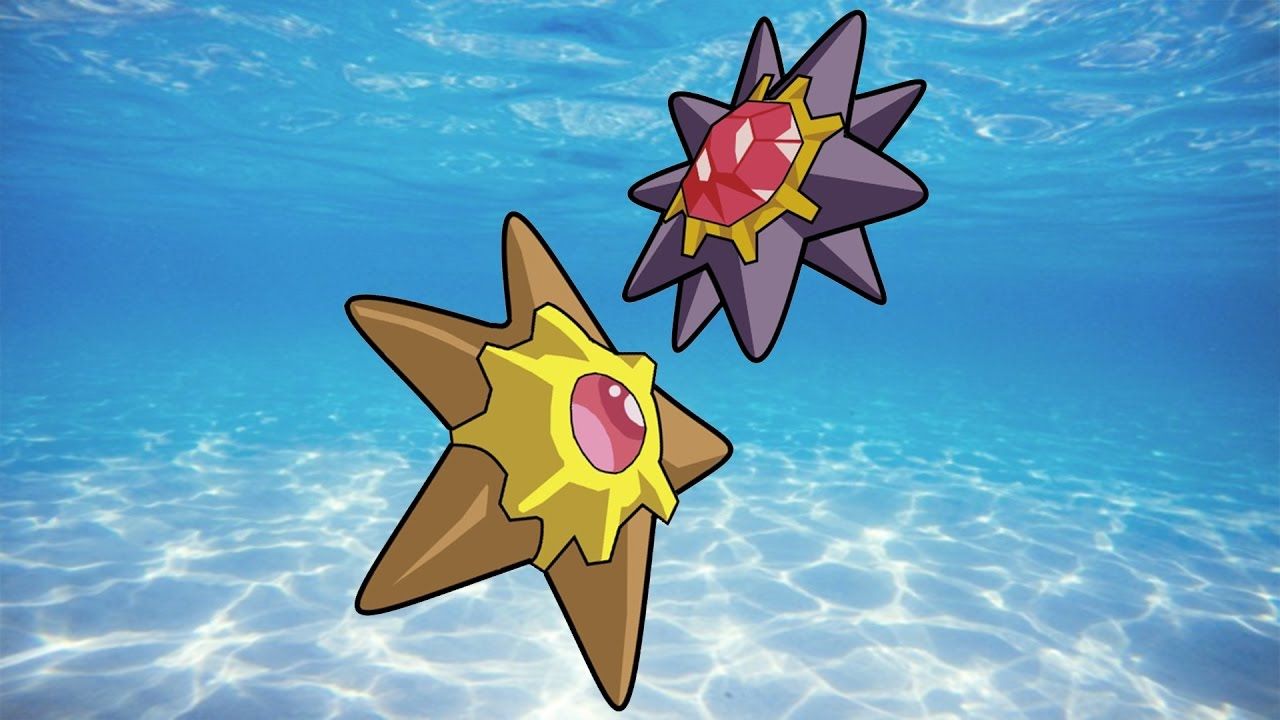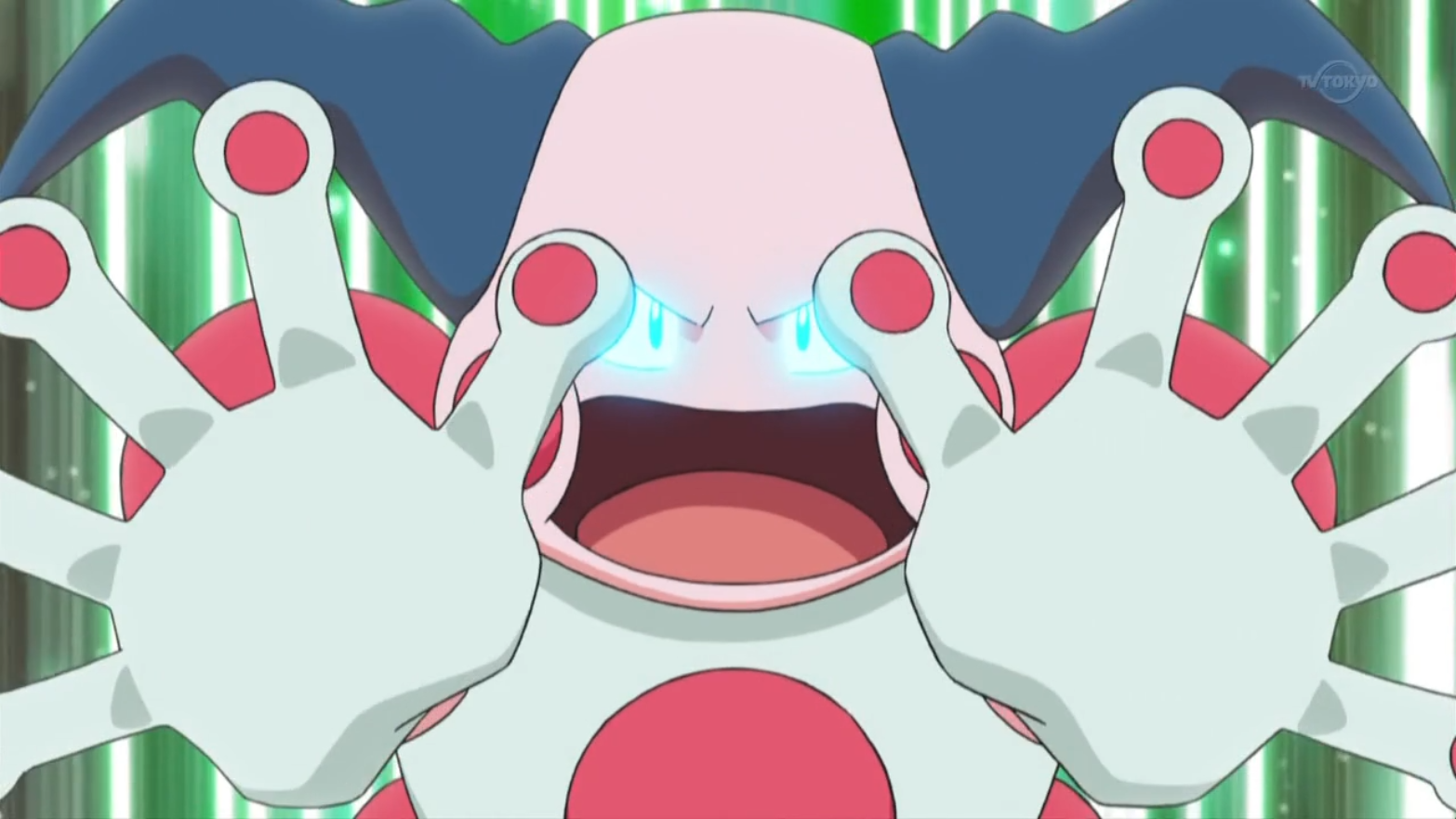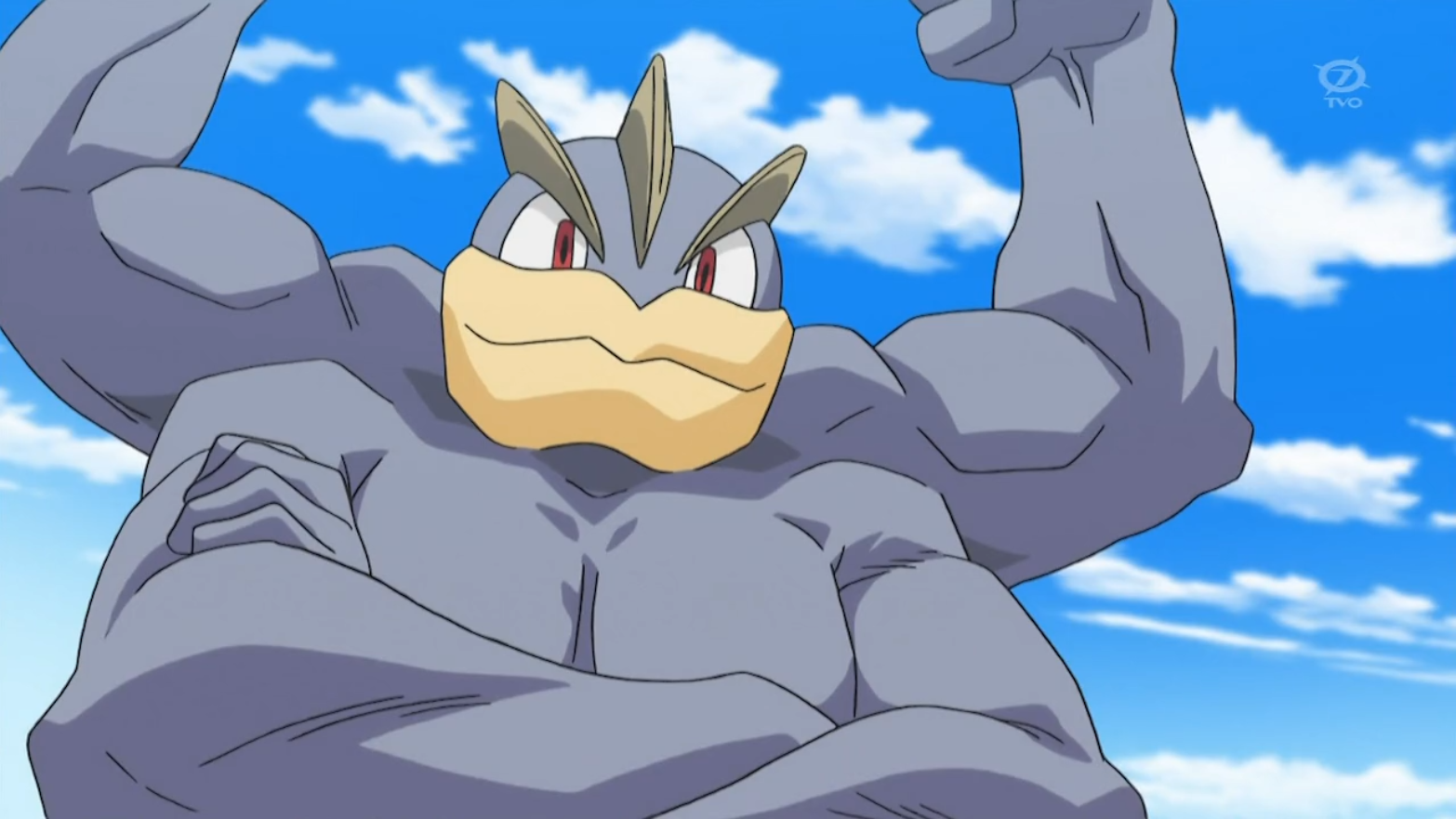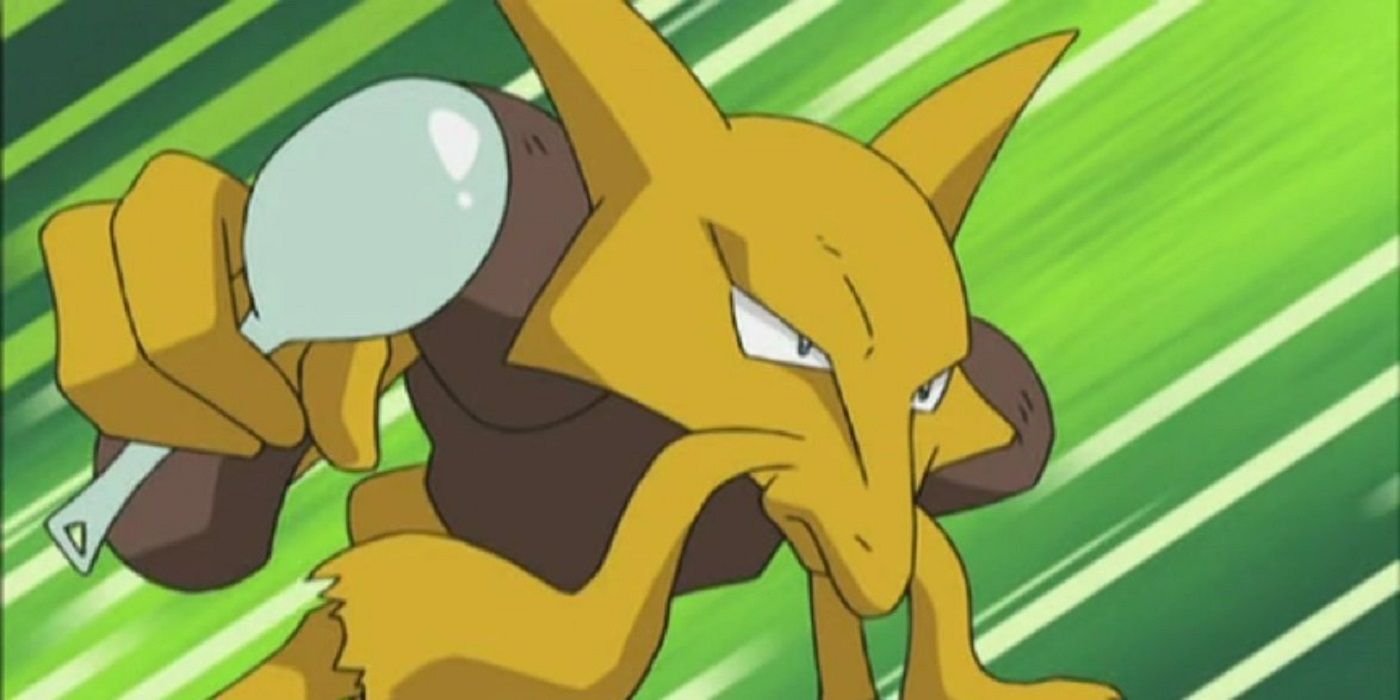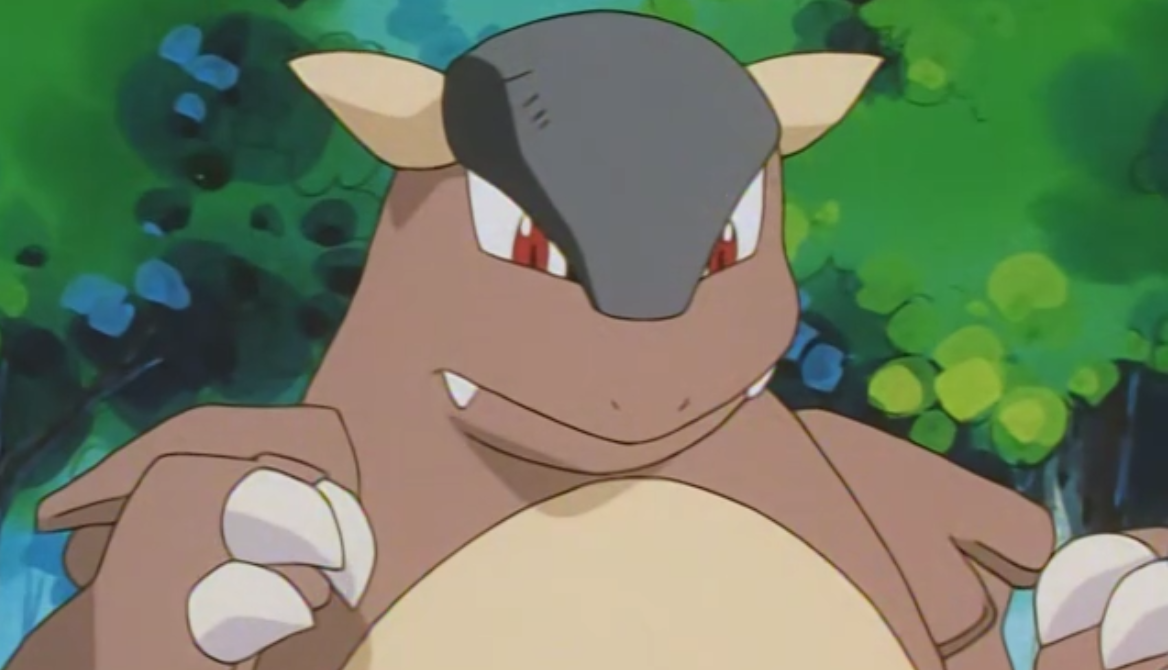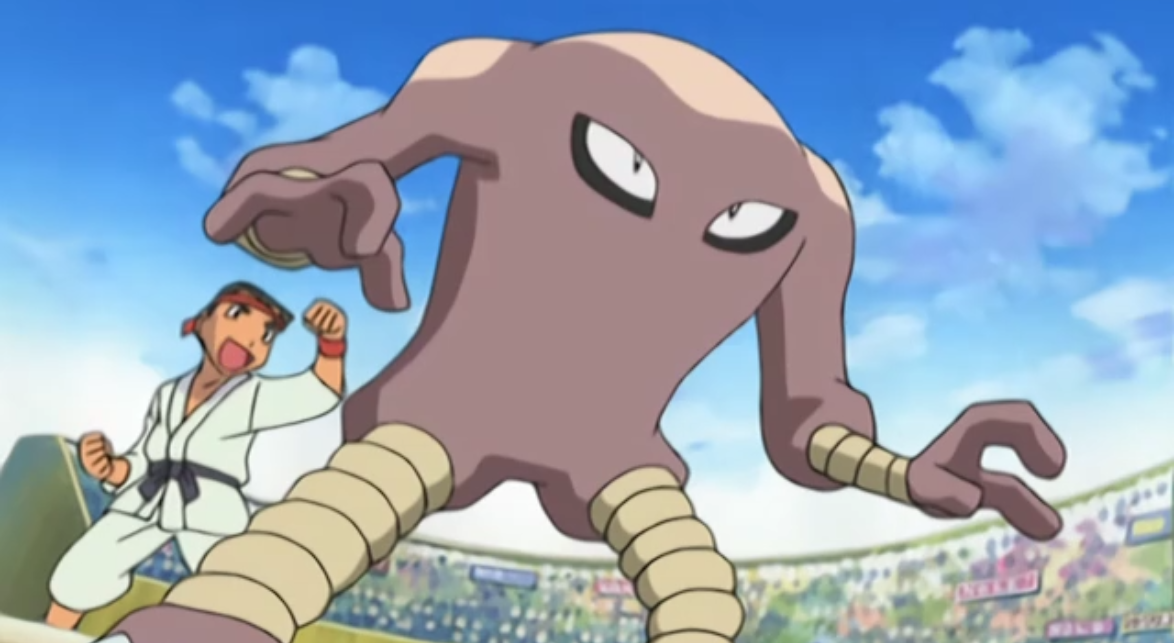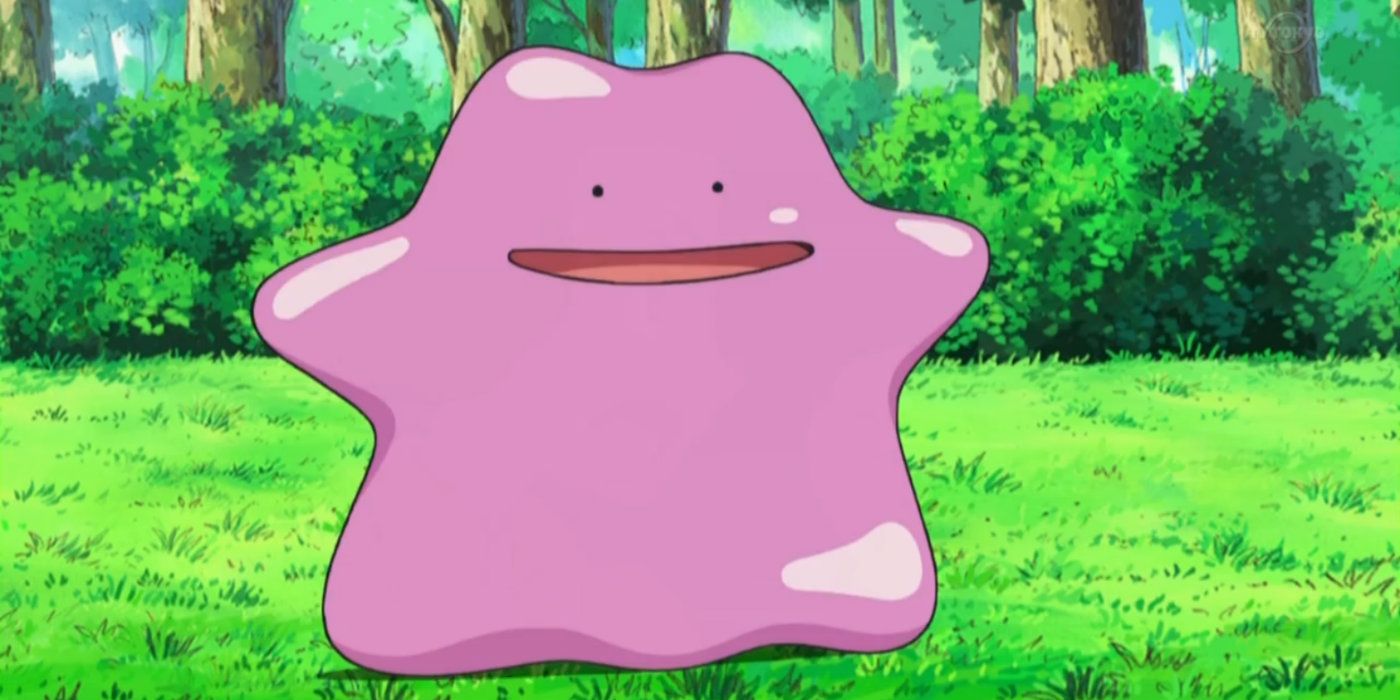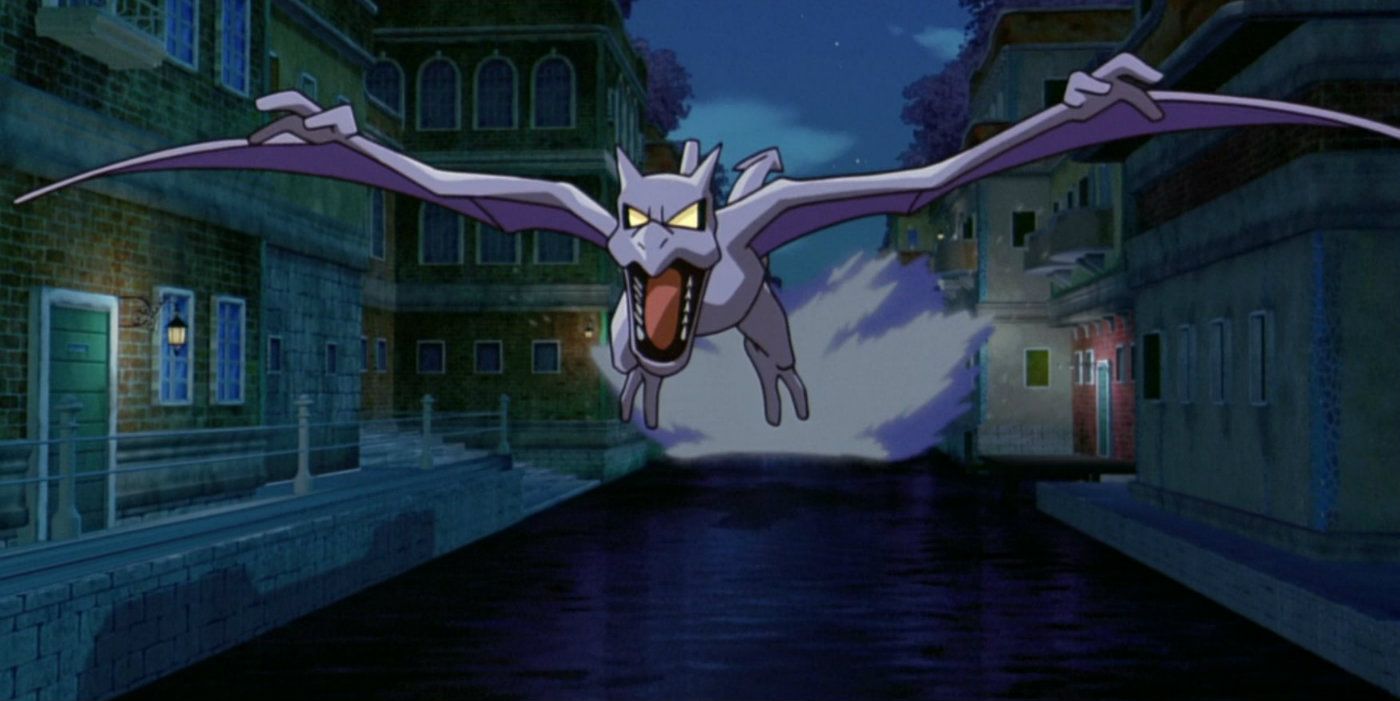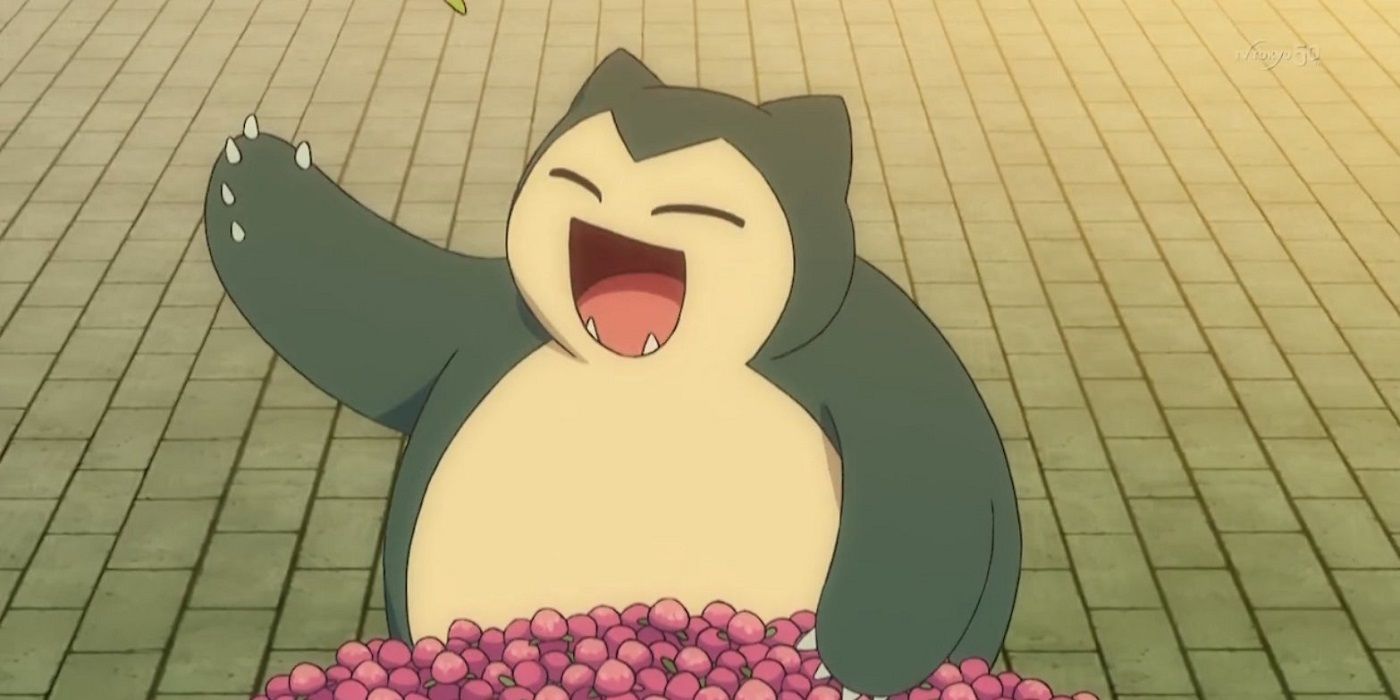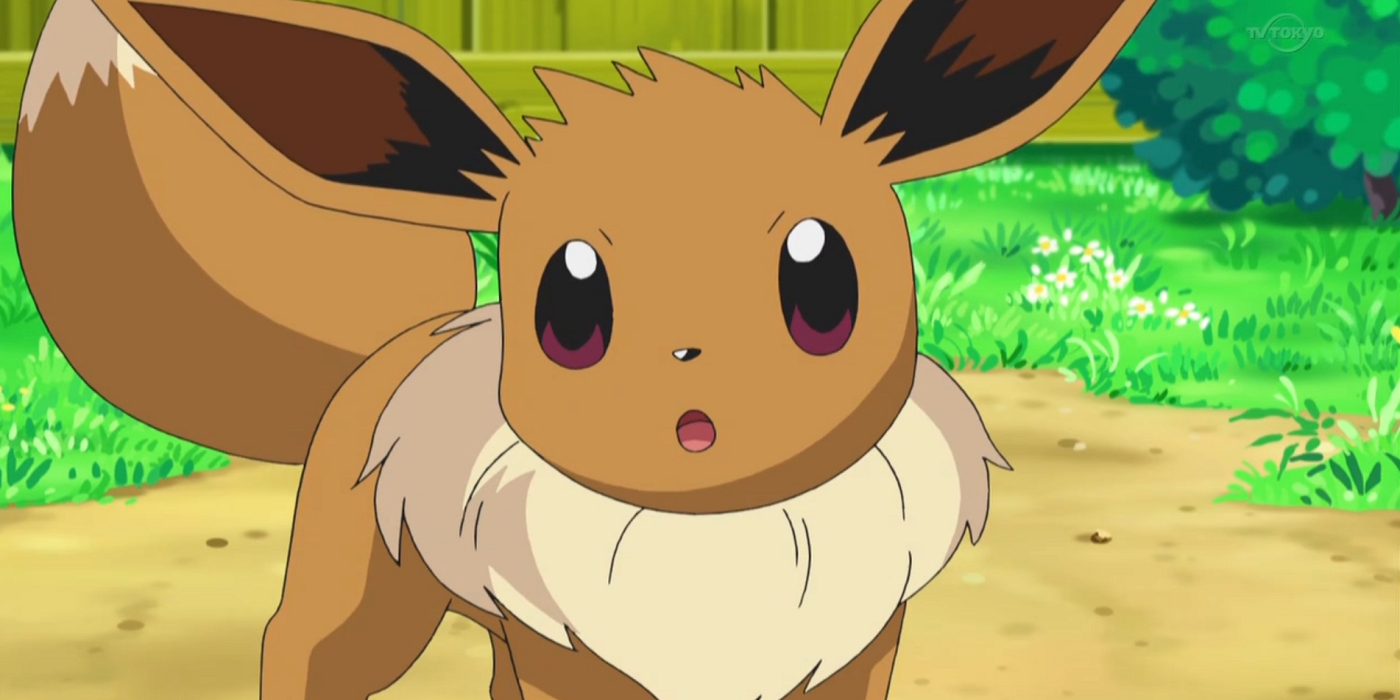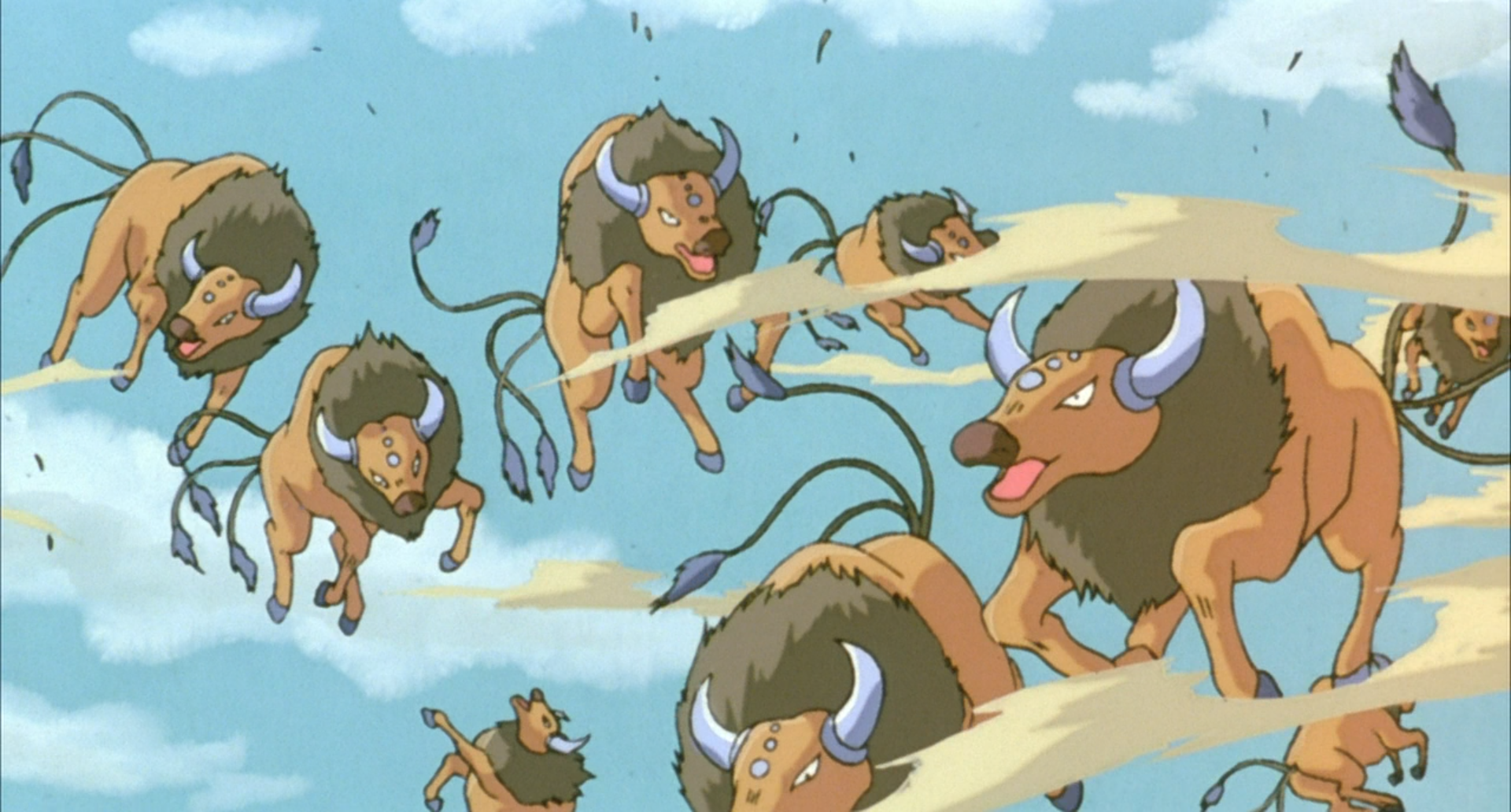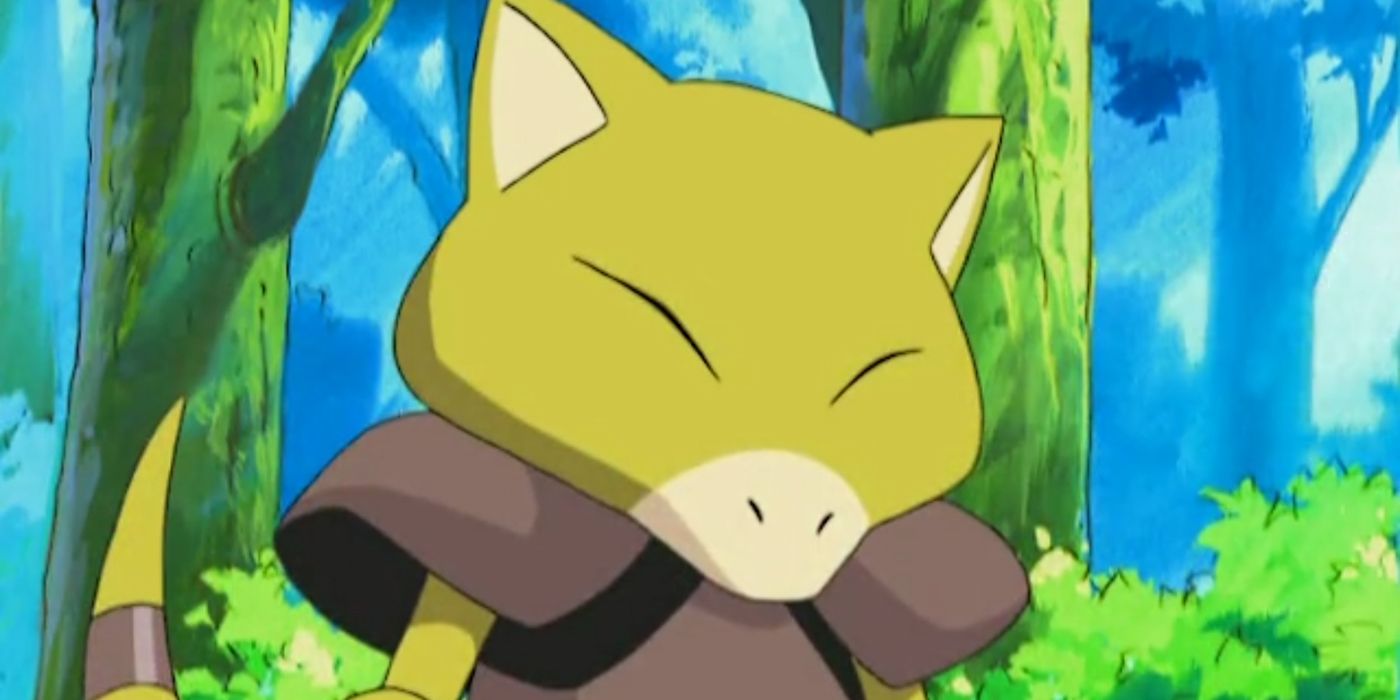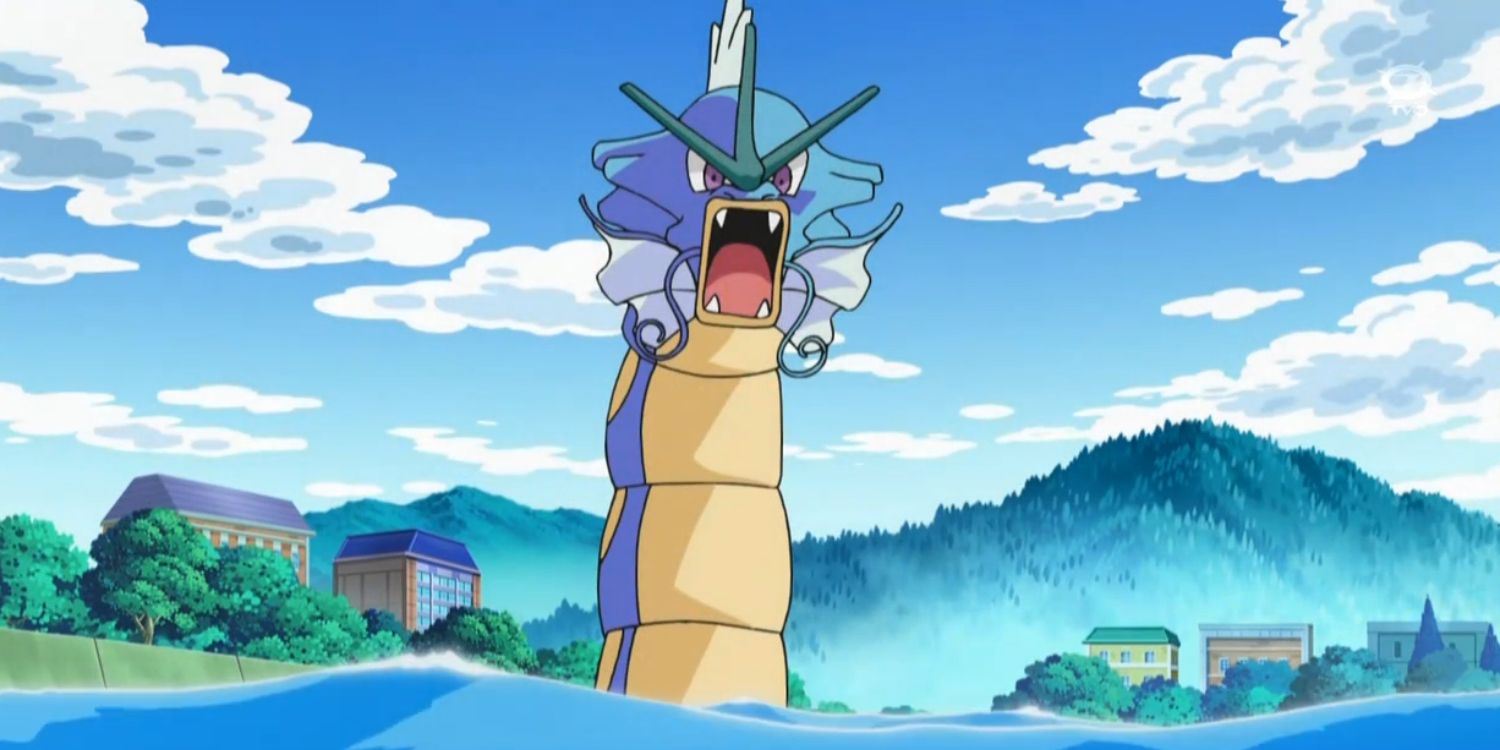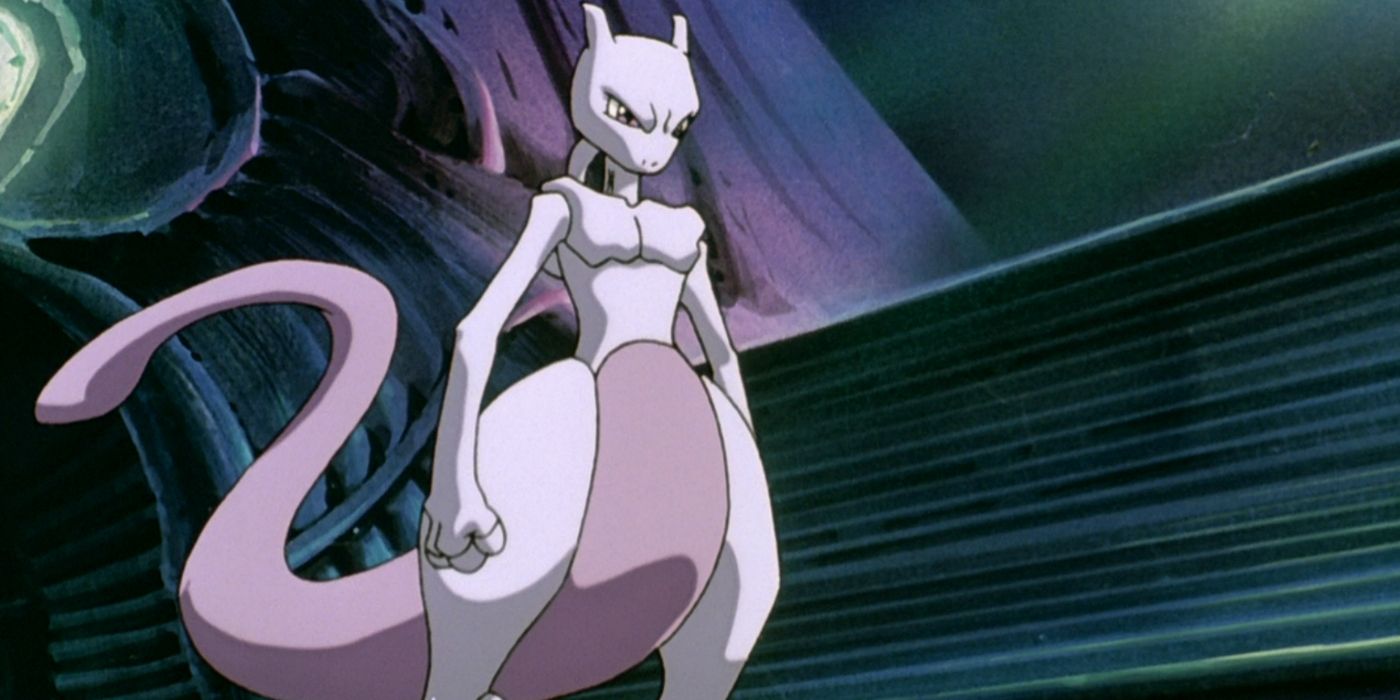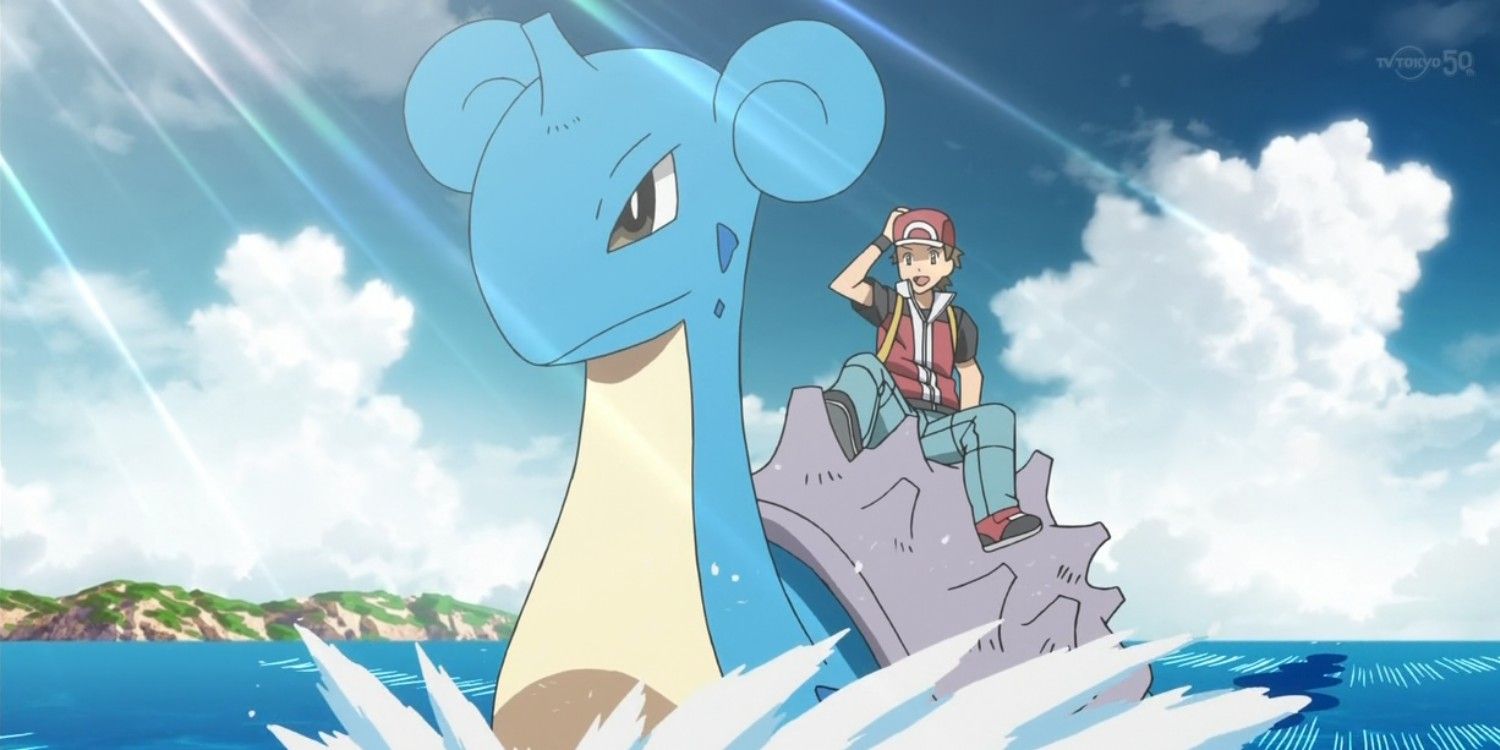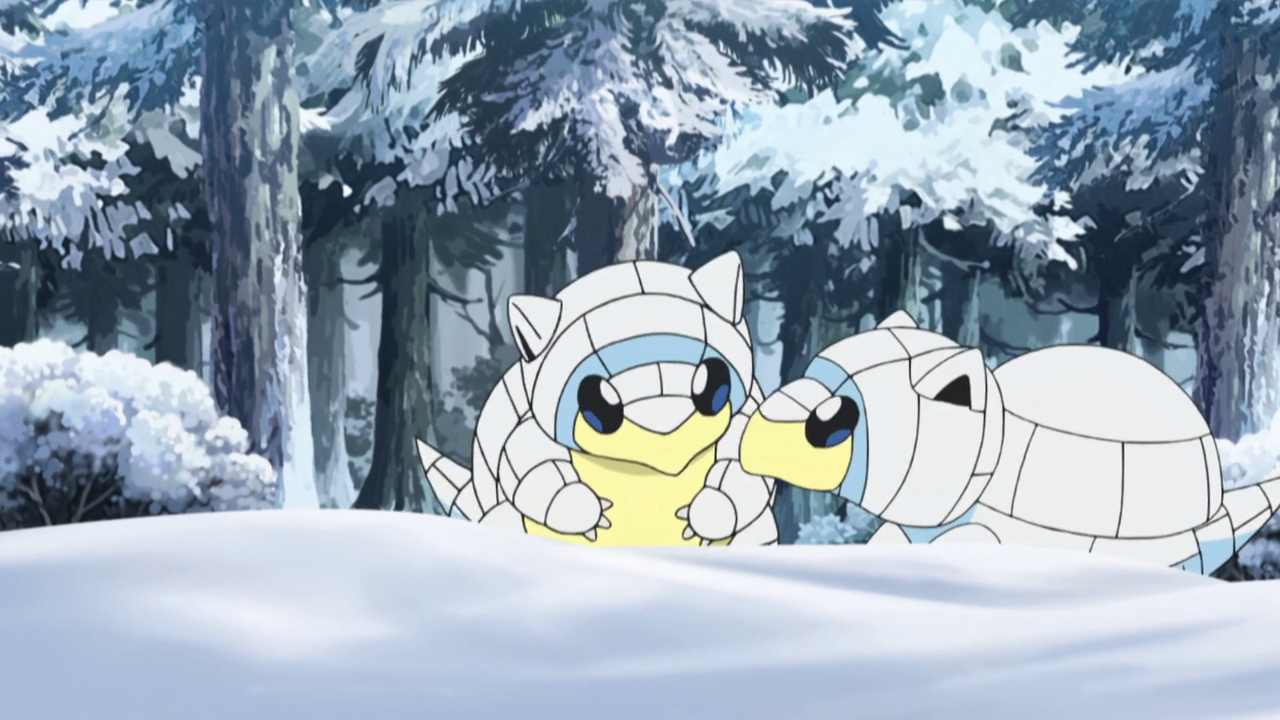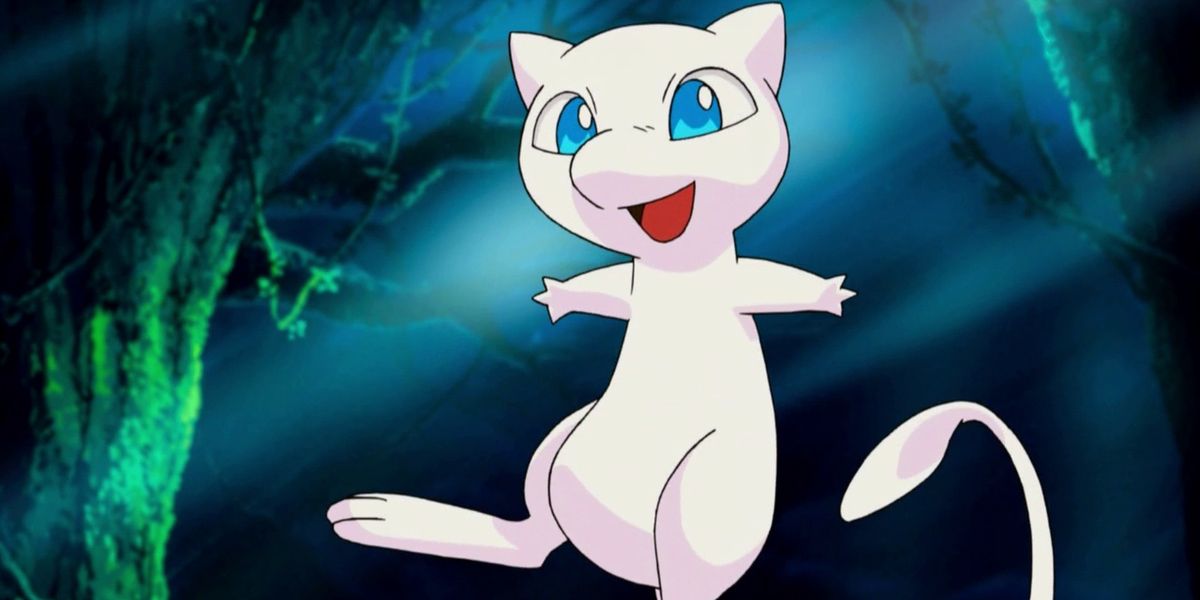Pokémon has been around for such a long time at this point that it’s almost difficult for younger fans to conceive of a world in which it never existed.
The humble capsule-monster concept has blossomed into a global phenomenon, and a paltry 151 original creatures soon exploded into upwards of 800.
The property’s cartoony art style and quirky Japanese vibe may make it seem like nothing more than a series of games intended for children, but it has become so much more than that.
Though initially a simple trading card game, Nintendo and Game Freak have, in the last 20-odd years, established the franchise as a dominant contender in the gaming industry.
Just about everyone in the video game sphere has heard of— and likely played— a game in the Pokémon series at some point. Weather a simple adventure through Kanto in Pokémon Red and Blue or a vast campaign across the islands of Alola in Pokémon Sun and Moon, these games are uniquely ubiquitous and totally beloved.
Though extensive enough to put just about every other TCG to shame, many fans still consider the game’s 151 original pokémon to be the best of the bunch.
This first generation of creatures is by far the most recognizable, and they are so well-liked that most of them have made it, in one form or another, into just about every series released over the past two decades.
From Red, Blue, and Yellow to the brand new Pokémon Quest, true fans of the franchise never have to go far to reunite with their favorite first-generation characters.
Here are the 20 Original Pokémon Only True Fans Can Find (And Where To Catch Them).
Dragonite in Pokémon Sun and Moon
Series newcomers may initially write off Dragonite as nothing more than a goofy medieval dragon caricature, but Pokémon veterans should be wiser than that.
Unfortunately, like a good deal of the creatures available in 2016’s Nintendo 3DS classic duology Pokémon Sun and Moon, Dragonite can’t be caught directly.
To get your hands on one, trainers have to venture out to the fishing spot in Poni Island’s Vast Poni Canyon.
Though most will settle for a Dratini— Dragonite’s most basic pre-evolutionary form— savvy players can wait for their opponent to call for a Dragonair via the game’s SOS mechanic.
From there, it’s a simple matter of leveling your newest team member up until it evolves into a Dragonite at 55.
Staryu and Starmie in Pokémon Sun and Moon
Longtime fans will likely covet these two creatures thanks to their prominence in the gym battle against Misty in the original titles, and they certainly still make great companions nearly two decades later.
Plus, they aren’t all that difficult to capture, though they do tend to require a good bit of patience and persistence.
Staryu can be found in the Route 7 fishing spot on Akala Island, but it will also be available at Hano Beach. Eager players will prefer the latter location, though the spawn rate for Staryu is pretty low in both locations.
This first-gen classic isn’t likely to show itself immediately, but it also won’t be super difficult to catch.
Mr. Mime in Pokémon Go
Mr. Mime is probably one of the goofiest creatures to be included in the original iteration of Pokémon games. With one of the least imaginative names in the entirety of the franchise, Mr. Mime is— hard as it may be to believe— a literal mime.
He is, at the very least, a pretty rare find, and Pokémon Go players who have caught one have earned themselves some serious bragging rights.
Mr. Mime is a European exclusive, which means that North American players won’t come across him in the wild at all.
Those looking to catch ‘em all may need to book a trip to Europe at some point, assuming that they haven’t just given up and moved on to Pokémon Quest.
Machamp in Pokémon X and Y
This may sound like an odd inclusion given the incredible amount of rare creatures available in Pokémon X and Y, but Machoke and Machamp are a set of underrated generation one creatures that few X and Y players are likely to have gotten their hands on.
Machoke isn’t all that hard to find, but it can only evolve into Machamp through trading.
X and Y players can trade first-generation Pokémon with one another as soon as they get their hands on the Pokédex, but finding a friend willing to trade with you and subsequently return your Machamp isn’t likely to be an easy task these days.
Alakazam in Pokémon Red and Blue
Abra is one of the most notoriously difficult Pokémon to capture in the original Gameboy titles. With an insane speed stat and annoying tendency to flee from battle as soon as it gets the chance, only truly dedicated trainers tend to lay claim to this beast early on in their journey.
A good tip would be to start a battle against a wild Abra with a Jigglypuff, as these creatures tend to have ridiculously high base speed stats.
Then, use it’s “sing” ability to put your opponent to sleep and make for a much easier catch.
Kadabra, Abra’s first evolutionary form, can only transform into Alakazam through trade with another player, however.
Kangaskhan in Pokémon Sun and Moon
Kangaskhan is one of the most visually unique creatures included in the first generation of Pokémon.
Technically a package deal, Kangaskhan seems to constantly carry around its young in a belly pouch like a strange rhinosirous/kangaroo hybrid.
Though it can be encountered in grass patches in Vera Volcano Park in Sun and Moon, this creature’s encounter rate is very low.
However, industrious trainers may want to simply battle the many Cubone that also spawn in the era and wait until they call upon a Kangaskhan via the SOS mechanic.
It may not be the most direct way to get your hands on a generation Pokémon, but it may save a good amount of time.
Hitmonlee/Hitmonchan/Hitmontop in Pokémon Go
Tyrogue wasn’t a member of the original crew of 151 pokémon, but his inclusion in 2016’s Pokémon Go represented a bold new method for adding first-gen creatures Hitmonlee, Hitmonchan, and Hitmontop to your party.
Much like Eevee, Tyrogue will, at level 20, evolve into one of these three Pokémon based on it’s stats.
A high attack stat will cause it to evolve into Hitmonlee, higher defense into Hitmonchan, and higher stamina/HP into Hitmontop.
This is a relatively rare method of evolution, and it means that remaining Pokémon Go players may need to get their hands on three separate Tyrogues and train them accordingly.
Ditto in Pokémon Sun and Moon
Though he’s more than a little goofy, Ditto is a completely invaluable Pokémon for those who take the in-game breeding mechanic pretty seriously.
Ditto can act as a bit of a wildcard and remove the need for capturing two Pokémon of opposite genders.
This pinkish-purple blob can be found just south of the Hokulani Observatory of Ula’Ula Island, the third of the islands Sun and Moon players will visit.
While not the most conventionally useful Pokémon in battle, just about every trainer worth their salt will want to have a Ditto in their party at some point.
Aerodactyl in Pokémon Quest
As the newest trend in the mobile gaming space, Pokémon Quest is the latest in a series of Nintendo properties slowly being converted into phone-friendly games.
Perhaps a modern interpretation of Picasso’s era of cubism, the animals in Quest are rendered in a delightfully unique blocky style.
Though it features just about all of the original 151 pokémon, this title falls victim to many of the trappings of modern mobile game design.
To add Aerodactyl to your party, you’ll have to cook either a Light-as-air Casserole à la Cube or a Rock Soup à la Cube and hope for the best.
Why would you hope for an Aerodactyl in particular? Well, because they are cool, of course.
Pichu, Pikachu, and Raichu in Pokémon Sun and Moon
This may have flown under the radar of players just getting accustomed to Pokémon Sun and Moon, but Pikachu— arguably the series most iconic and adorable creature— was actually available on Route 1 of Melemele Island.
However, Pikachu’s encounter rate is exceedingly rare, so those uninterested in settling for Pichu, which actually spawns quite often on the same route, will have no choice but to be patient.
These two also spawn on Melemele Island’s Hau’oli City, and their encounter rates here are slightly higher.
Most players searching for these well-known critters tend to go for the second option.
Snorlax in Pokémon Go
For a game centered almost entirely around real-world exercise, one of the most coveted creatures in Pokémon Go is also perhaps the laziest.
Snorlax is most well-known for laying around, sleeping, and clogging up important travel routes in previous titles.
However, those willing to put in some extra effort can actually hatch one from a 10km egg— that’s just over six miles for those living in territories that have rebelled from the United Kingdom.
If you’re looking to get this massive monster to join your party, you may want to take up cross country running or perhaps go run a 10k race.
Articuno, Zapdos, and Moltres in Pokémon X and Y
The year 2013’s Pokémon X and Y were the first set of full-fledged new Pokémon titles to be released on Nintendo’s current handheld console.
The games, like just about every other game in the series, came packaged with their own pair of box-art significant legendaries. Beyond those, however, the original three legendary birds could be captured once the main quest line was completed.
Articuno, Zapdos, and Moltres can initially be encountered at random, then tracked and eventually caught via the national Pokédex.
The legendary you’ll encounter will be based on the starter you choose at the beginning of the game, though, so players will theoretically have to play the game three times to catch them all.
Eevee in Pokémon Sun and Moon
Eevee was already a relatively recognizable Pokémon, but its importance to the franchise has climbed significantly thanks to an upcoming Nintendo Switch game centered around the creatures titled Pokémon Let’s Go Eevee!
They can, of course, be captured in Sun and Moon with a little know-how and patience.
On the second island, Eevee may actually be encountered rarely en route to the Pokémon Ranch.
The great thing about Eevee is the multiple different forms it can take during its evolutionary phase depending on the type of stone to which it are exposed.
Sun and Moon fans may want to go back and catch one just to celebrate the upcoming game.
Tauros in Pokémon Go
Tauros is very obviously a remnant of the days during which Pokémon were blatantly inspired by real-world animals.
As sort of a cross between a buffalo and a bull, they are region-exclusive to North America.
This means that, barring any long standing Pokémon relations with any North American Pokémon Go players, trainers from anywhere else in the world will have to pack their bags and head for North America if they want this particular monster.
Though they may be region-exclusive, the unfortunate truth is that one lousy Tauros likely isn’t worth all of the associated travel expenses.
Abra in Pokémon Sun and Moon
Players nostalgic for the early Gameboy and Gameboy Color Pokémon titles may want to go back and get their hands on an Abra— one of those games most elusive and sought-after non-legendary— in Pokémon Sun and Moon.
It's still one of the series’ most secretive monsters, but, this time around, players can actually catch it pretty early on in the game.
Itcan occasionally be encountered in the grass patches found in Hau’oli City on Melemele Island, which is one of the first major areas open to the player.
That said, it’s unlikely that most will be equipped to actually wrangle an Abra into their parties. Luck— and a particularly high speed stat— will have to be on your side.
Gyarados in Pokémon Go
While Gyarados is one of the most coveted original-generation water typePokémon, Magikarp, his pre-evolutionary form, is little more than a long-running joke.
It's essentially useless and very difficult to level up in most instances, but the payoff is beyond rewarding for those who manage to complete the task.
In Pokémon Go, Gyarados can only be attained via a Magikarp evolution, which requires no less than a staggering 400 Magikarp candy.
Since there isn’t really a proper battle mechanic in Niantic’s mobile game, this is likely intended to imitate just how headache-inducing it was in previous games to level Magikarp enough to a point where it become useful.
Mewtwo in Pokémon Red, Blue, and Yellow
Mewtwo is the most infamously intimidating creations in the history of this series.
As the alluring, nearly Lovecraftian monster leering just beyond the sight of many players, it could only be caught by those who bested the Elite Four and explored to the bottom of Cerulean City’s Unknown Dungeon.
A fight to end all fights, those who actually managed to capture Mewtwo could consider themselves true masters of whatever early version of Pokémon they were playing.
Either that, or they spent such an incredible amount of time with the game that their accomplishments were the result of sheer eventuality.
Lapras in Pokémon Go
Lapras is one of the rarest Pokémon that— as far as anyone knows— can still be hatched from an egg. Almost mythical at this point, some players with nearly two years of Pokémon Go experience have yet to actually hatch one.
They can also theoretically be found out in the wild, though players will almost certainly have to be near an ocean or large body of water to make that happen.
The most efficient method for getting your hands on one of these water-type rarities is, unfortunately, swallowing your pride and going for a long, long walk.
If that isn’t for you, then you probably shouldn’t be playing Pokémon Go in the first place.
Sandshrew/Alolan Sandshrew in Pokémon Sun and Moon
Alolan Pokémon variants were probably among the more interesting additions to Sun and Moon, rivaled only by perhaps the mythical Ultra Beast Pokémon that were the main draw of the game’s subsequent expansions.
Alolan Sandshrew is, unfortunately for players of Pokémon Sun, exclusive to Moon— Sun players can still get their hands on a game-exclusive Alolan Vulpix, however.
To find Alolan Sandshrew, travel to Ula’ula Island and head slightly south of where you complete the first trial.
There, in a small snowy patch, players can come across this strange alternate-reality version of the beloved first-generation ground type monster.
Mew in Pokémon Yellow
Mew, unlike just about every other Pokémon available in the game, wasn’t actually ever intended to be caught.
This rare, deity-like being was only accessible via a trade with a Nintendo representative during select events when the game was still supported.
Today, this isn’t likely to happen, and those looking to really catch ‘em all have to resort to a complicated and difficult glitch.
Players will need to catch an Abra and perform a strict and strange series of events which will eventually lead to Mew.
For a time, fans of Yellow believed that it could be found under an infamously empty truck near the S.S. Anne.
The real trick, it turns out, is much less user-friendly.
---
Can you think of any other original Pokémon that are difficult to find? Sound off in the comments!

